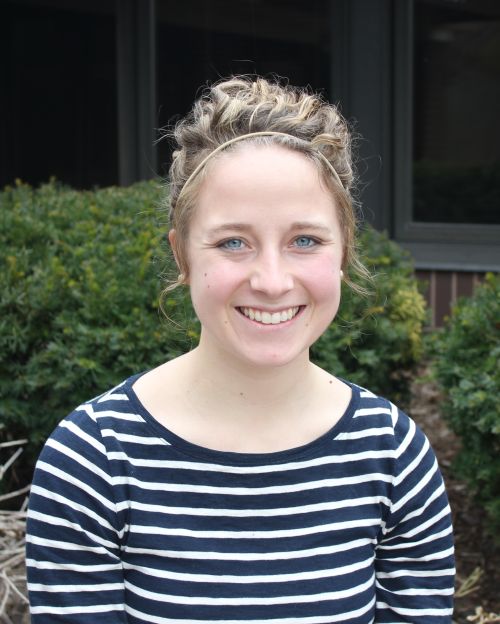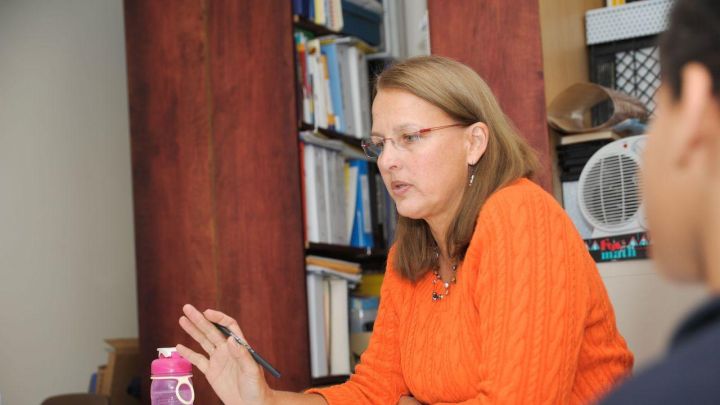Six Tips for an Inclusive Christmas Program
It’s Christmas time, and that means many of you are getting ready to plan your church Christmas program. So, how can you create an inclusive Christmas program for your students? How can you ensure that each child will fully participate in the joy of celebrating Jesus’ birth? I would like to share with you six helpful hints as you begin to plan your program.
1. Remember the Purpose
It’s easy to become so engrossed with the program, that we forget why we are doing it. Individuals with a disability may find it helpful to reread the Christmas story, to learn about it in a way that matters to them, and connect the story with what is happening during the actual Christmas program. Remembering the purpose can be helpful for the people planning it as well!
2. Offer a Preview
By offering a preview of what will happen in the program, individuals with a disability can know what to anticipate, which will allow them to feel more prepared.
You can offer a preview using pictures, words, or both. You can do this with a photo album, a PowerPoint, or story? It is helpful, however, to only put a sequence of events on your preview, and to keep it broad. That way, if something goes wrong, the child is less likely to know and become upset. This leads us to our next helpful hint…
3. Have a Plan B
We know that in any event, no matter how much we have planned, there is bound to be something that will not go as planned. So, it’s important for you to have a plan B. Discuss the different scenarios that might occur while the individual is participating, and, together, come up with a solution.
4. Think of their Physical and Emotional Needs
Be sure to think through the individual's sensory needs, such as spotlights, sound volume, and access to the front of the sanctuary.
Make sure you think through and anticipate any of the physical or emotional needs of the individual. A child may find it helpful to have cue cards held up during the program, or an aid/buddy to help guide him throughout the event. Sensory issues should be thought through as well, such as spotlights, sound volume, and access to the front of the sanctuary.
5. Structure, Structure, Structure
Creating structure for your friend will ease a lot of anxiety for both of you. For example, write the child’s name on a piece of tape so he knows where to sit or stand. Practice with and without other people in the room. Record the songs or dialogue so that it can be practiced at home ahead of time. Lastly, have a chair available with the child’s name taped onto it when she doesn’t need to stand.
6. Dealing with Anxiety
If a child is truly anxious, provide a part that can be recorded ahead of time and then played in the program later. Also, include some friends in the taping to not single out the child or adult with a disability.
Additional resources:

Jacki Sikkema
Jacki Sikkema has a background in Special Education and served in the Church Services Division at All Belong.
